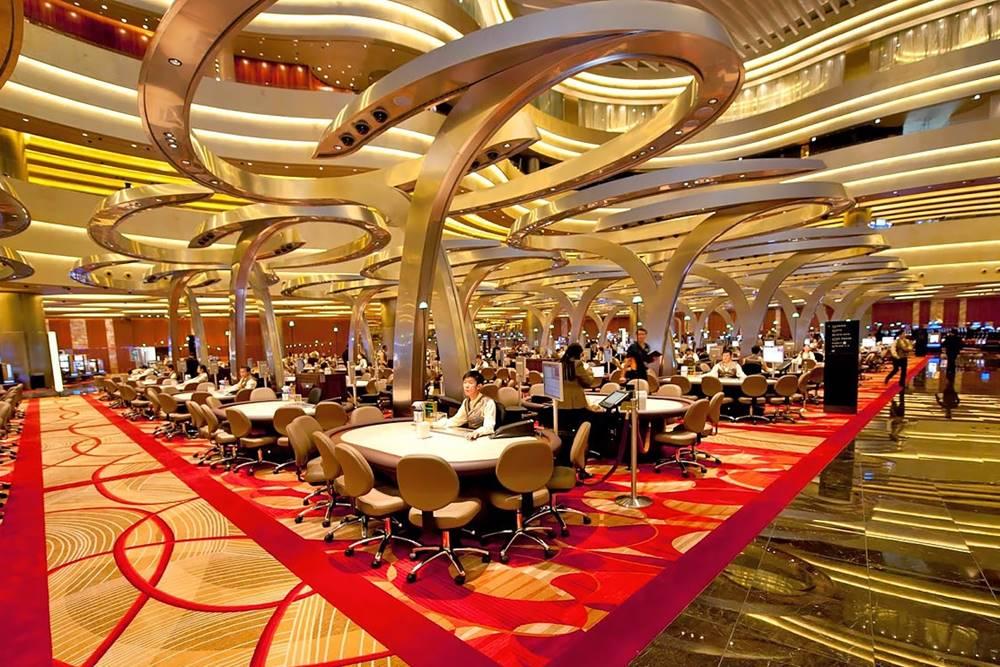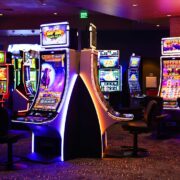
The Marina Bay Sands would be the first thing that springs to mind when asking a seasoned casino Singapore player to name the city’s casino. It’s the pinnacle of a casino trip in Singapore for many people.
Marina Bay Sands is a world-renowned integrated casino resort that includes a hotel and casino (of course), convention facilities, restaurants, and shopping malls. It also has entertainment venues, such as theaters, nightclubs, and a museum, for visitors who aren’t already familiar with the area.
Who owns it?
Three 55-story hotel towers, the 12,400-square-meter SkyPark, and the elegant lotus-shaped ArtScience Museum make up the distinctive architecture of Marina Bay Sands or MBS. It’s nice to have so much information at our disposal. However, many individuals may wonder who actually owns it.
Las Vegas Sands (LVS) Corp. owns and operates the Marina Bay Sands casino resort, which is on a waterfront plot of 570,000 square meters. At least one of LVS’s most successful locations, MBS, has been open since April of 2010, amidst the increasing number of online casino Singapore sites.
What makes MBS the most lavish gaming destination will be discussed in-depth in this article. We will also learn about its main features, what to expect, and more.
Architecture, design, and more
Three 55-story towers house 2,600 hotel rooms; three low-rise domes house a retail mall with more than 300 shops; general assembly amenities that can hold up to 45,000 people; fine-dining restaurants; casual eateries; two theaters that seat 2,000 each; an indoor skating rink; and a casino. MBS’s gross floor area is 570,000 square meters.
A total of 1,500 gaming machines and 600 gaming tables are available at the casino. Additionally, there’s an ArtScience Museum, waterfront sights with shops and nightclubs, and other outdoor event spaces at the resort.
One of MBS’ most striking features is the cantilevered SkyPark atop the hotel towers, designed by Moshe Safdie, a famous Israeli-born Canadian architect. One of the world’s largest observation decks, the SkyPark covers a large area of 12,400 square meters and weighs more than six million kg.
Development history
In March 2004, the Singapore government discussed the potential of abolishing the long-standing ban on online casino Singapore websites which is part of the resort development project for Sentosa as well as the southern islands of the island nation.
This study was carried out by the Ministry of Trade and Industry and was accompanied by a Feedback Unit that met with public groups from all walks of life to discuss how a casino might affect the economy and tourism in an IR.
To great controversy, the Singapore Tourism Board, on behalf of the government, issued an invitation in December 2004 to submit idea proposals for IRs in Marina Bay and Sentosa. For example, the IRs would include casinos, but with limits such as admission fees for Singaporeans and prohibitions on advertising, as well as regulations on the credit issued by casinos.
In January 2005, Parliament debated the IRs’ casino component. Several conglomerates from South Africa, Hong Kong, Australia, Singapore, and the United States, had submitted concepts for the Marina Bay IR by March of that year.
S$5.8 billion was the top bid. The government announced in Parliament the following month that two IRs, each with a casino Singapore, would be constructed.
Operations
A gradual opening began on April 27th, 2010, and was completed on June 23rd, the same year. MBS generated S$631 million in profit and a profit of S$315 million before taxes in its first full quarter. Profit before tax climbed to S$390 million in the next quarter on revenue of S$560.4 million.
The second-quarter financial performance of MBS smashed LVS milestones in sequential earnings margin, putting MBS among the most profitable businesses in the LVS Group. MBS welcomed 19.6 million people in its first year of operation and held approximately 2,000 meetings, conventions, and exhibitions.
The Marina Bay property was granted to LVS in May 2006. S$3.85 billion in investment value, plus S$1.2 billion in land costs, made it the most expensive proposal to date.
Key criteria in LVS’s winning proposal included its ability to handle meetings, incentives, conferences, and exhibitions, as well as the unique design components of its proposed building. Due to the lack of a local partner, analysts had previously evaluated LVS lower than the other bidders.












